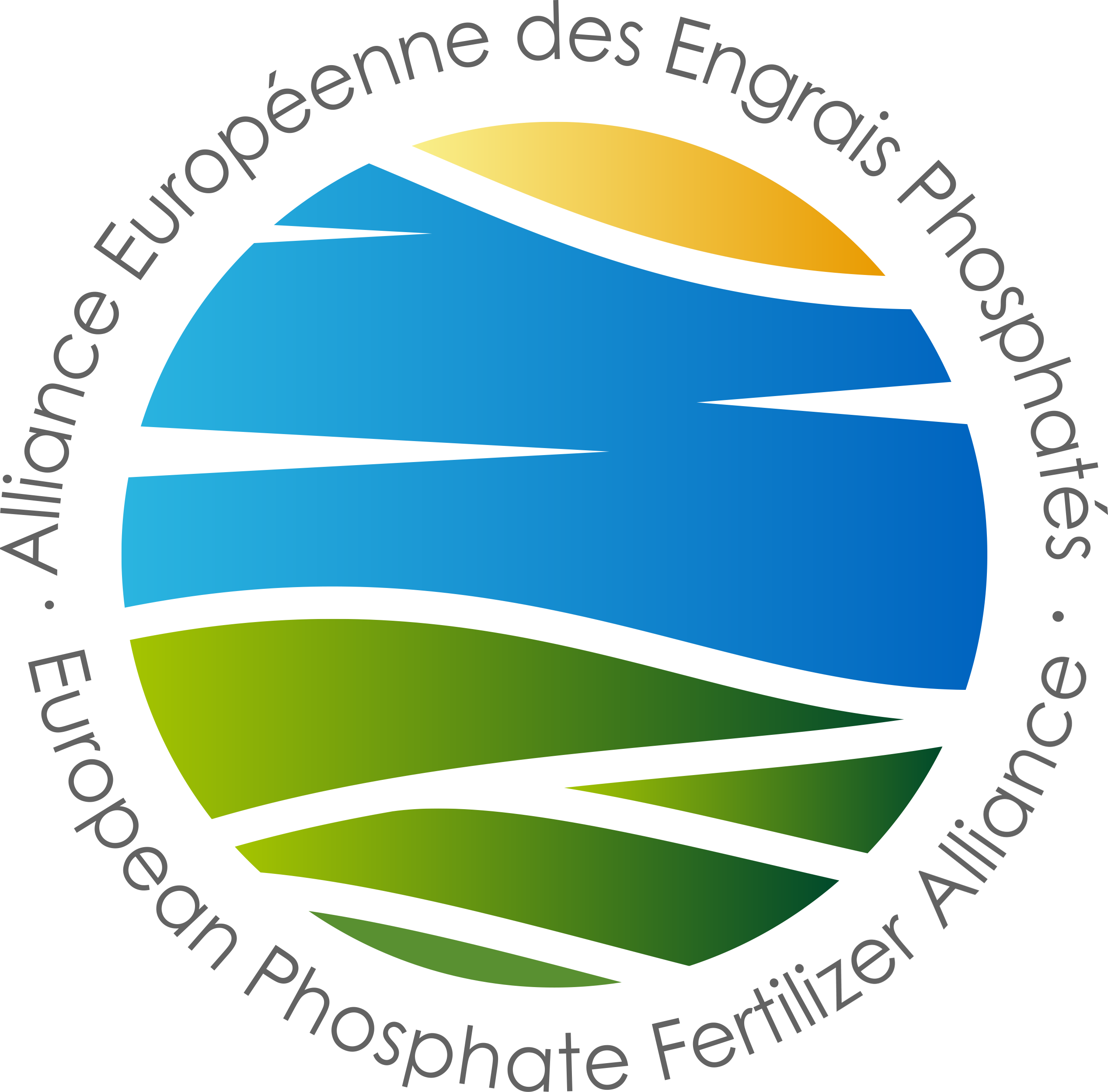Phosphorus: Key to Plant Life
Warning: count(): Parameter must be an array or an object that implements Countable in /wp-includes/post-template.php on line 284
The Key to Plant Life
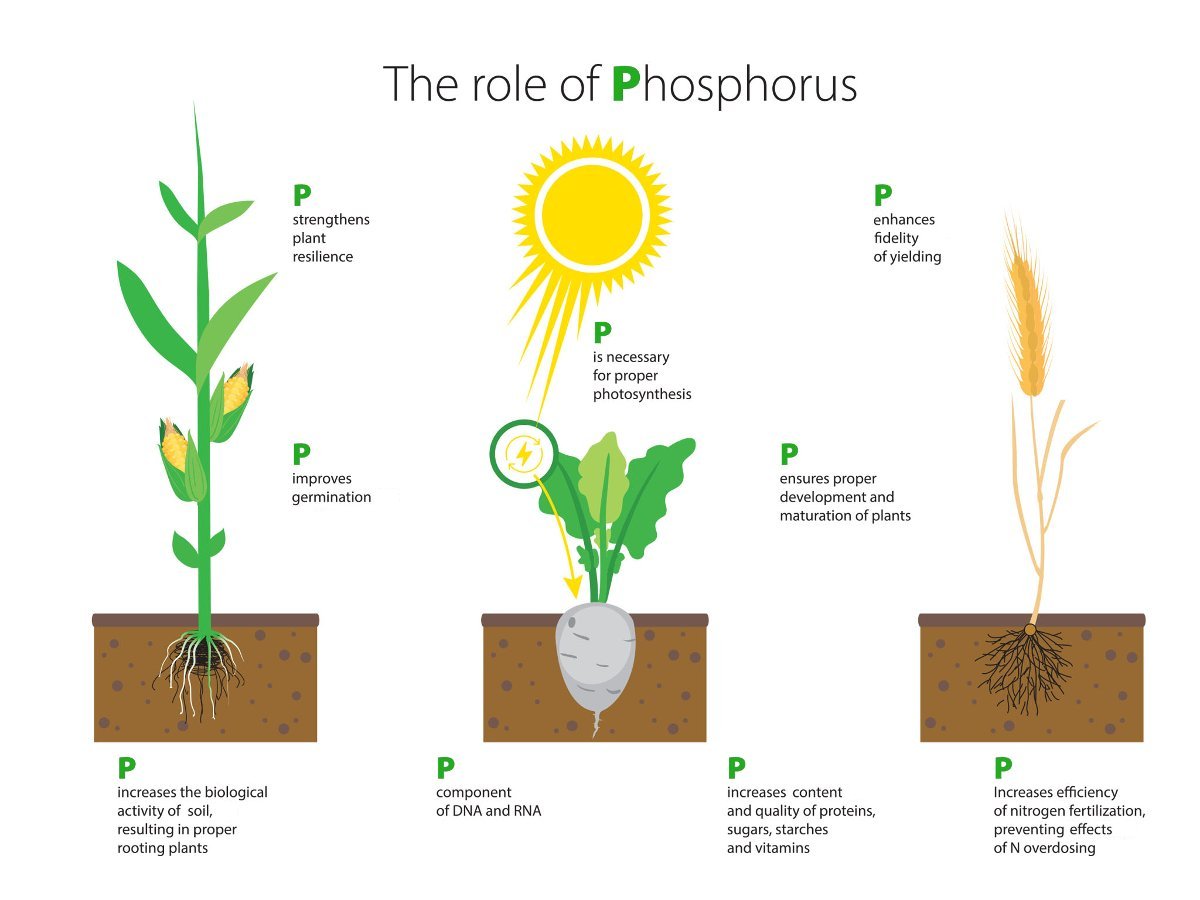
- Phosphorus or phosphate?
- How does it work?
- Special needs for each crop
- Organic and mineral same-same?
- NPK-complementarity
- Impact of Phosphorus Deficiency on Plant Growth
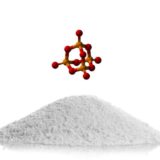
Due to its high reactiveness, elemental phosphorus does not normally occur free in nature. Instead, it binds itself with other substances to form compounds containing phosphorus. The most common of such compounds containing phosphorus is phosphate rock, which is a mixture of various phosphorus-containing salts. Phosphate (P2O5) is the form of phosphorus that plants are able to absorb.

Nutrition is achieved through the roots that absorb phosphate ions dissolved into water. The efficiency of phosphate nutrition is linked to the fineness of the material and the precision in localization of phosphate intakes (dissolved ions of phosphate can move as much as 2.5 mm), so they need to be close to the root.
The edge of young roots is the most efficient part to absorb phosphate; they go and look for phosphate ions by continuous extension. So the lack of phosphate can hinder roots’ development that in turn limits phosphate absorption. When roots are young and thin, absorption is easy. When they are older and thick, it’s more difficult. Therefore continuous growth of young roots is important.
Farmers optimize phosphate intakes by monitoring the stock of phosphate in soils with soil analysis that must be undertaken every 5 years.
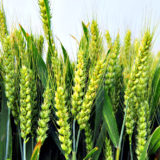
Different crop have different needs for phosphorus.
For example, beet, rape, lucerne and potato have high needs. Durum, silage maize, barley, pea, rye grass and sorghum have medium requirements. Oat, soft wheat, grain maize, soybean and sunflower have lower need for phosphorus. This means that farmers should apply different quantities of phosphate fertilizers to meet the specific requirements of their crops.
During the harvest, most of absorbed nutrients are removed from the field, which means the phosphorus in the soil has to be replenished not to impoverish soils. Otherwise, nutrient capacity of soils decrease.
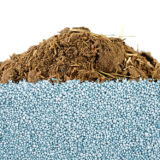
Phosphorus can be of mineral or organic sources.
Mineral phosphorus is made either from sedimentary rock extracted from open mines (North Africa and Middle East) – this kind of phosphorus is friable and easy to rework – or from volcanic (igneous) rock extracted from underground quarries (Russia and Finland). Each has specific properties and is used to produce different mineral end products.
Phosphorus can also be provided with organic and recycled materials coming from animals (livestock manure, animal by-products, remains from slaughter-houses) or from human sources (such as waste and sewage sludge). Yet these important additional sources have their own challenges including contamination with biologically hazardous materials, low nutrient content which makes their transportation inefficient (contributing the CO2 emissions), and insufficient quantities.
Moreover, organic and mineral sources of phosphorus are complementary and do not supply the same need:
- the amount of phosphorus can decrease with the time when manure is stocked while it is guaranteed with mineral,
- there are differences in terms of solubility and availability of phosphorus to the plant,
- mineral forms apply more easily and more precisely,
- mineral forms can be combined in one product with nitrogen and potassium to provide a more comprehensive fertilizers, while this is more difficult with organic sources.

Studies show higher yields in cereals and rape crops with a combined supply of phosphorus and potassium than just one of these elements, meaning that there are positive interactions between both elements.
In contrast to nitrogen fertilizers, that can provide only nitrogen, phosphate fertilizers often provide at least one of the other nutrients – nitrogen or potassium for more efficiency to the farmer and also for better agricultural results. In fact, studies show higher yields in cereals and rape crops with a combined supply of phosphorus and potassium than just one of these elements, meaning that there are positive interactions between both elements. NPK fertilizers – including all three nutrients: nitrogen (N), phosphorus (P) and potassium (K) – therefore often provide additional advantages. Phosphate fertilizers, either mineral (MAP, DAP, phosphate rock or others) or recycled (struvite) are then mixed with fertilizers providing other nutrients.
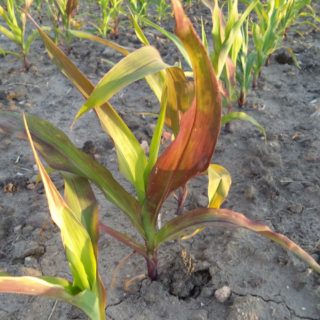
A lack of phosphorus stunts plant growth. Plants will develop smaller and less leafs that could have brown spots. Consequently smaller roots will make plants less drought-resistant.
